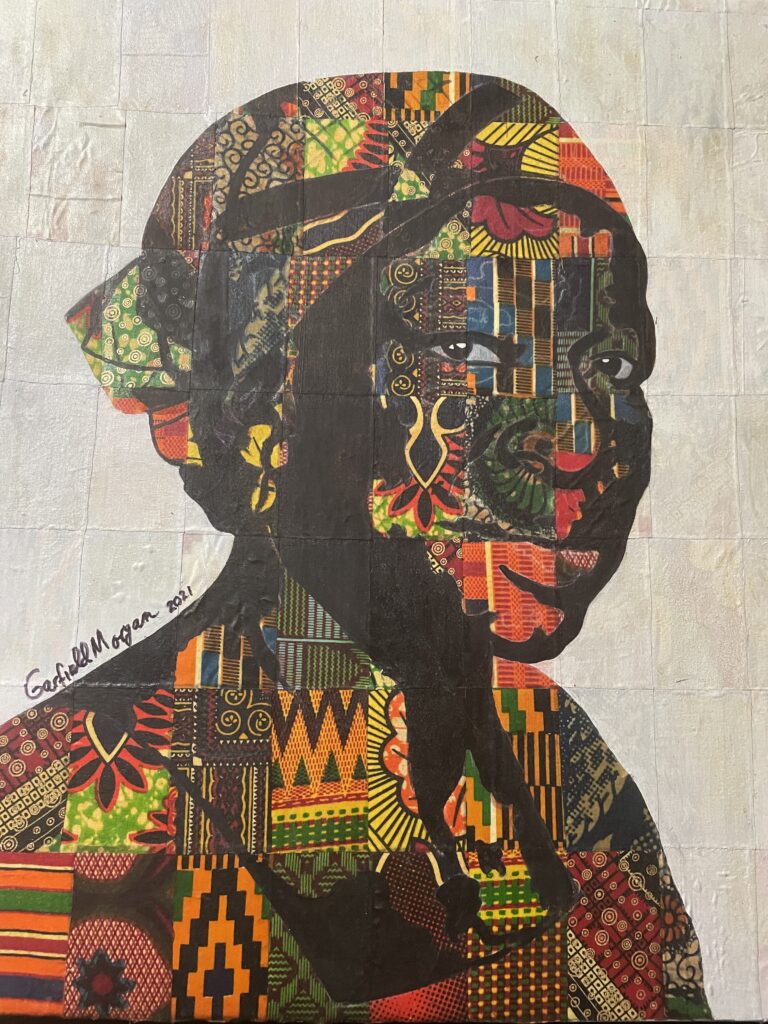Timbuktu: The pride of Africa

Timbuktu, or Tombouctou in French, reminds me of so many things: Ancient African civilizations prosperous and flourishing, thriving trade between sub-Saharan Africa and North Africa and also the Jihadist attacks that destroy the prestigious city and its UNESCO recognised heritage. What fascinates me most is the sophisticated academic life and harmonious relationships that existed between that town and many other peoples on the African continent and beyond.
Beginnings of Timbuktu
Timbuktu started in history as a temporary settlement, a seasonal one that ultimately became a permanent settlement in the twelfth century. As such, it thrived in the trade of salt, gold, ivory, and many other forms of exchanges. History has it that slaves were also traded but that was certainly a cultural afromorphic practice, different from the transatlantic slave trade. It is the antithesis of the infernal gluttonous and bloody chattel slave trade between Africa and the Americas. The city of Timbuktu became part of the Mali Empire in the fourteenth century. The Moroccan army invaded it in 1591. The city became the major center for learning and culture under the Mali Empire. Different tribes ruled, until the French took over in 1893 and it became part of today’s Republic of Mali which was born officially in 1960, with the pseudo-independences in Africa.
Scholarship in Timbuktu
A close look at this town debunks the foundation of Eurocentric history of knowledge and scholarship. Martin Bernal’s seminal book Black Athena (1987) makes a solid case that human civilization started in Africa, with scientific proof, as Cheick Anta Diop does. The rebuttal to that book is Mary F. Lefkowitz’s Not out of Africa (1996), a display of Western dishonesty and distortion of world History. During what is known as the Golden Age of Timbuktu, many Islamic scholars, mainly from Walata or Oualata, (a small oasis town in today’s Southeast Mauritania) traveled there and solidified the position of Islam. Several eminent historians and travelers like Shabeni, a Moroccan who ended up in England and had travelled to Timbuktu with his father when he was 14 years old, and the Moroccan Leo Africanus. Leo Africanus described Timbuktu as the location of extensive trade networks, a city that boasted a very fervent book trade. He wrote the following about Timbuktu, these writings were used in the distribution of Africa among European powers.
“The name of this kingdom is a modern one, after a city which was built by a king named Mansa Suleyman in the year 610 of the hegira [1232 CE] around twelve miles from a branch of the Niger River. The houses of Timbuktu are huts made of clay-covered wattles with thatched roofs. In the center of the city is a temple built of stone and mortar, built by an architect named Granata, and in addition there is a large palace, constructed by the same architect, where the king lives. The shops of the artisans, the merchants, and especially weavers of cotton cloth are very numerous. Fabrics are also imported from Europe to Timbuktu, borne by Berber merchants. The women of the city maintain the custom of veiling their faces, except for the slaves who sell all the foodstuffs. The inhabitants are very rich. There are many wells containing sweet water. Grain and animals are abundant, so that the consumption of milk and butter is considerable. The royal court is magnificent and very well organized. The people of Timbuktu are of a peaceful nature.”
His admiration for Timbuktu is glaring. Shebani also wrote this, among other things on Timbuktu: “There is a large forest, in which are a great many elephants. The timber here is very large. He goes ahead to describe how the houses are, the population and their main skills, the trade with Arabs”. His portrayal is exceptionally positive, it shows how much he respects Timbuktu.
The University of Sankoré
The University of Timbuktu is often referred to as the ‘University of Sankoré’, established as a “madrassa” (school in Arabic), by Mansa Musa, King of the Mali Empire. It was located in the north east district of Timbuktu and housed within the Sankoré Mosque. It was composed of several entirely independent schools or colleges, each run by a single master (scholar or professor). The courses took place in the open courtyards of mosque complexes or private residences. The main subjects taught included Qur’anic and Islamic studies, law along with literature. Other subjects included medicine and surgery, astronomy, mathematics, physics, chemistry, philosophy, language and linguistics, geography, history, as well as art. Students were also reported to have spent time in learning a trade along with relevant business code and ethics. The university trade shops offered classes in business, carpentry, farming, fishing, construction, shoe making, tailoring, navigation, etc. It prospered and became a very significant seat of learning in the Muslim world. It was claimed that the intellectual freedom enjoyed in western universities was inspired from universities like those in Sankoré and Qurtuba (Muslim Spain). The French author Felix Dubois captures the high status of the University of Sankoré in these terms; he stresses the fact that the scholars of Timbuktu were much more brilliant than those in Arab countries: “The scholars of Timbuctoo (Timbuktu) yielded in nothing, to the saints in the sojourns in the foreign universities of Fez, Tunis, and Cairo. They astounded the most learned men of Islam by their erudition. That these Negroes were on a level with the Arabian savants is proved by the fact that they were installed as professors in Morocco and Egypt. In contrast to this, we find that Arabs were not always equal to the requirements of Sankoré”. The mathematics courses taught there, 600 years ago are the equivalent of what is taught today in second year, at the Sorbonne, one of the most prestigious universities in France.
These descriptions of Timbuktu finally created a myth in the eyes of the Europeans who could not fathom how a city in Africa could have had so many qualities, that the West did not have. Such a city had to be a myth, not a reality. That accounts for the expression ‘as far as Timbuktu’ in English, which means that it is the most remote place in the world, one can never reach there.
Today, the University of Sankoré is still functioning but on a much smaller level due to limited resources. The most unfortunate aspect is the current state of Timbuktu or Tombouctou which is now a city in today’s Mali. It has come under serious attacks carried from Jihadist groups which bent on destroying the architecture and the libraries that made Timbuktu a UNESCO heritage site. Timbuktu is the epitome of the glorious state of Africa before History “wronged the right” and attributed knowledge and brilliant civilizations to Greece. Timbuktu also reminds us of the harm that Jihadists are causing on African soil. One is bound to ask, “are the Jihadist advancing the cause and missions of the imperialist and racist Europeans?”
Moussa Traoré is Associate Professor at the Department of English of the University of Cape Coast, Ghana.






